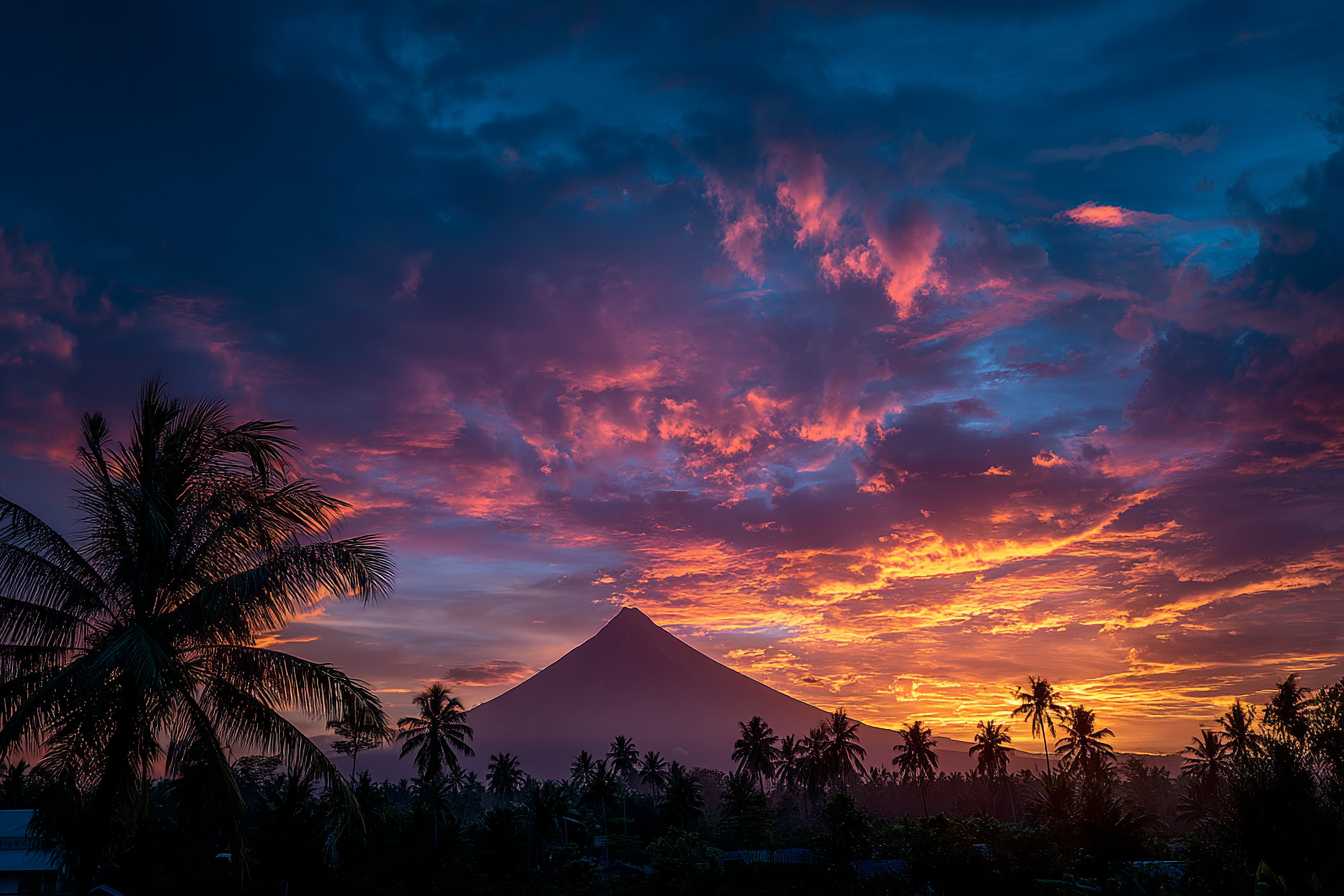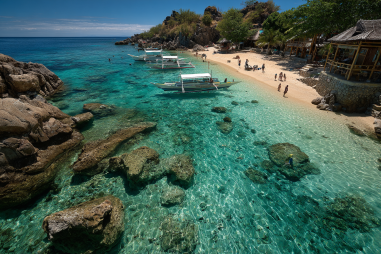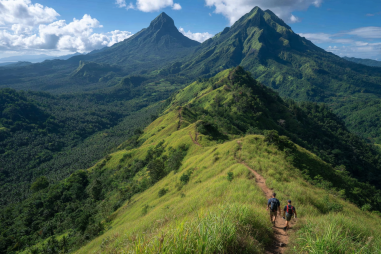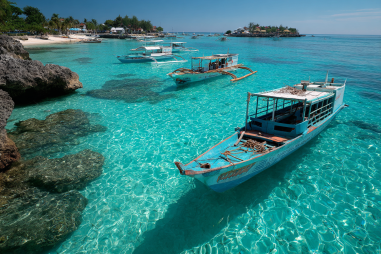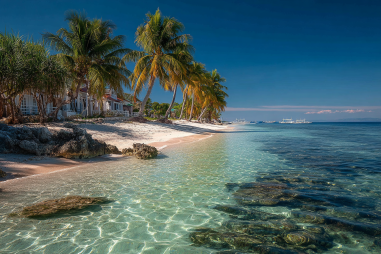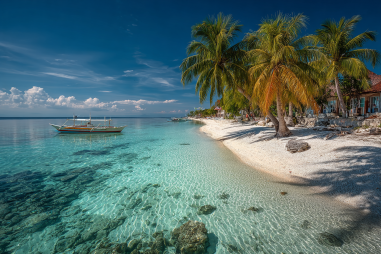Mount Mayon is one of the most iconic natural landmarks in the Philippines, renowned for its breathtakingly symmetrical cone and dynamic volcanic activity. Located in the Bicol Region on Luzon Island, this majestic volcano has fascinated locals and visitors alike for centuries. Its awe-inspiring presence is not just a feast for the eyes but also a subject of extensive scientific study, rich folklore, and cultural significance. In this article, we’ll explore ten fascinating facts about Mount Mayon volcano that reveal why it continues to captivate hearts and minds all over the world.
Geological Features and Unique Shape
Mayon Volcano stands at an elevation of approximately 2,463 meters (8,081 feet) and is classified as an active stratovolcano. What sets Mayon apart from many other volcanoes worldwide is its almost perfect conical shape—a beauty rarely found in nature. This ideal symmetry is the result of the volcano’s frequent and consistent eruptions, which layer uniform lava flows that build up its classic form. Scientists describe its structure as a composite volcano, formed by a combination of lava, ash, and pyroclastic flows. Its slopes are steep but smooth, making it a striking natural monument visible from miles away.
Historical Eruptions and Volcanic Activity
Mount Mayon is not just famous for its beauty but also for its fiery temperament. It is one of the most active volcanoes in the Philippines, with over 50 documented eruptions since 1616. The volcano is known for both explosive eruptions and slower lava flows, which have shaped the surrounding landscape for centuries. Notable eruptions include the one in 1814, which destroyed the town of Cagsawa and buried its church—the remnants of which still serve as a poignant tourist attraction. Its most recent significant eruptions occurred in 2018, prompting evacuations and heightened alert statuses for local residents. The volcano’s activity is closely monitored by the Philippine Institute of Volcanology and Seismology (PHIVOLCS) to mitigate risks and ensure public safety.
Flora and Fauna Around Mount Mayon
The fertile volcanic soil around Mount Mayon supports a rich variety of plant and animal life. Its slopes are covered with lush forests that provide a habitat for diverse fauna, some of which are endemic to the region. This biodiversity includes numerous species of birds, mammals, and reptiles that thrive in the tropical climate and dense vegetation. The area is also an important site for agricultural activities, where local farmers cultivate crops like rice, corn, coconut, and abaca—benefiting from the nutrient-rich ground. Conservationists emphasize the importance of protecting this ecological balance to sustain both wildlife and human livelihoods.
Local Legends and Scientific Insights
Mount Mayon is steeped in local legends passed down through generations, many of which explain its perfect cone and volcanic eruptions. One of the most famous tales is the story of Daragang Magayon, a beautiful maiden whose tragic love story is said to be the origin of the volcano’s name—“Mayon” coming from the word “magayon,” meaning beautiful in the local Bikol language. According to legend, her spirit inhabits the mountain, which weeps fire and ash when she mourns. While these stories enrich the cultural fabric of the region, scientific research offers explanations grounded in geology, such as tectonic plate movements and magma chamber dynamics responsible for its eruptive behavior.
Importance to the Local Community
To the communities living at the foot of Mayon, the volcano is much more than a natural landmark—it is part of their identity, livelihood, and spiritual life. Many local residents depend on agriculture supported by volcanic soil fertility. Moreover, Mayon attracts tourists who come for trekking, sightseeing, and cultural tours, providing a significant boost to the local economy. Despite the risks posed by eruptions, residents maintain a resilient relationship with the volcano, balancing daily life with preparedness and respect for its power.
Conservation Efforts and Challenges
Preserving Mount Mayon’s natural beauty and minimizing the risks from its eruptions requires ongoing conservation efforts. Government agencies, environmental groups, and local communities work together to protect the surrounding forests and biodiversity while promoting sustainable tourism. However, challenges persist, including deforestation, habitat loss, and the constant threat of volcanic disasters. Effective land use planning, disaster preparedness programs, and environmental education are vital components of safeguarding both the environment and the people reliant on the mountain.
Why Mount Mayon Continues to Captivate Visitors
With its stunningly perfect shape, active volcanic nature, and rich cultural heritage, Mount Mayon remains one of the Philippines’ most captivating natural wonders. It draws adventurers, scientists, photographers, and pilgrims from around the globe who seek to witness its grandeur firsthand. Beyond its visual appeal, Mayon teaches us about the dynamic forces of nature, human resilience, and the blending of legend with science. Whether seen from afar or explored up close, the volcano’s allure is enduring and undeniable, making it a symbol of both beauty and raw natural power.

